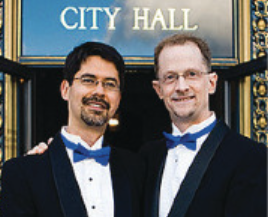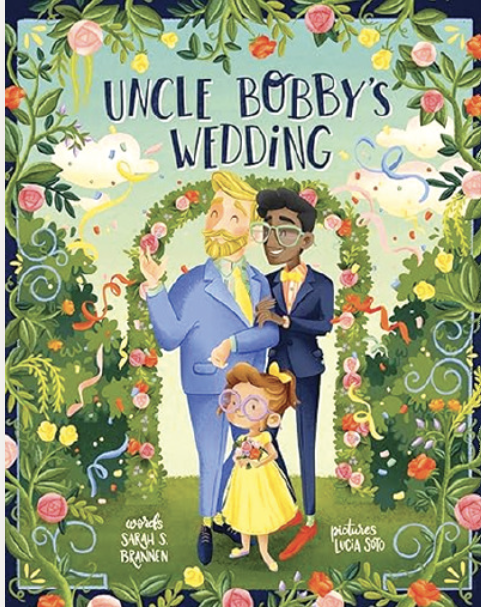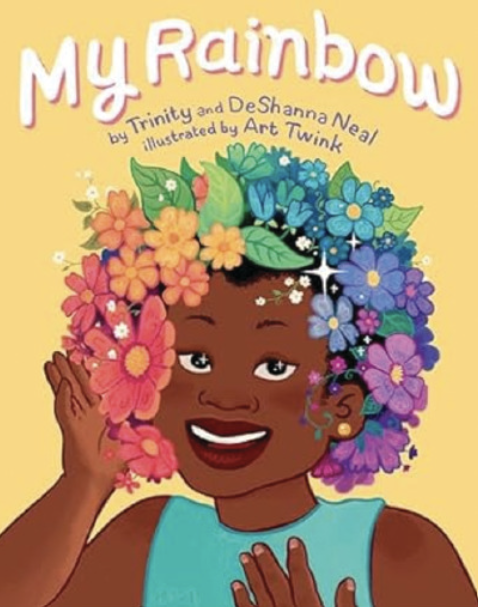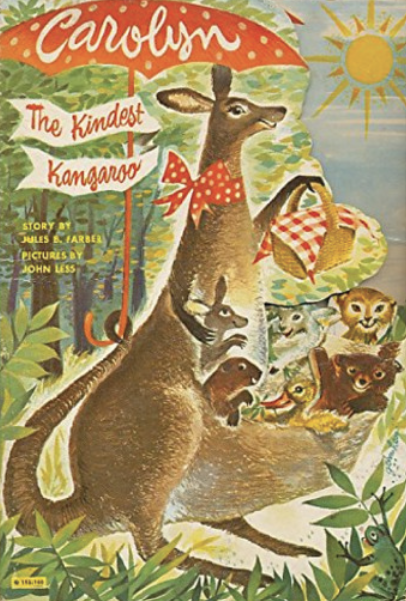
By John Lewis–
The U.S. Supreme Court will soon decide whether or not to require public school districts to permit religiously conservative parents to opt their children out of educational activities that could include storybooks with LGBTIQ or LGBTIQ-accepting characters. Plaintiffs in the case, Mahmoud v. Taylor, are represented by the Becket Fund for Religious Liberty, which the Southern Poverty Law Center has described as a “hardline religious-right group” that has “long relied on the use of demonizing falsehoods to justify discrimination against LGBT people.”
Many observers believe that the lawsuit is part of a national campaign strategy not merely to permit parental opt-outs, but to ban books with LGBTIQ content from public schools altogether. The Becket Fund asks the Supreme Court to reverse a unanimous group of federal appeals court decisions that have upheld the inclusion of such type of books—which make no mention of religion whatsoever—in school curricula.
When I first perused the voluminous docket sheet for the case, a simple question for the Supreme Court came to mind: With democracy itself on the line at this critical juncture in American history, don’t you have something better to do than sit around your chambers reading children’s storybooks, such as Pride Puppy, My Rainbow, and Uncle Bobby’s Wedding, to scrutinize them for some hypothetical danger they might somehow pose?


That question aside, looking at the record in this case centering on storybooks caused me to ponder a different question: What book did I love most as a small child, and what message did it carry?
I immediately recalled helping my dad clean out our family home several years ago after my mother had died. As we went through a dusty old box of books in the basement, my dad suddenly exclaimed in delight, “There’s Carolyn Kangaroo!” He quickly added with excitement, “Carolyn Kangaroo was your favorite book as a small child. You would sit on my knee and ask me to read it to you over and over again!”
I had no memory of Carolyn Kangaroo myself, but it definitely went into the “keep” pile. As soon as we took a break, I opened it to find out what the book I couldn’t get enough of as a child was all about. I learned that the book, whose full title was Carolyn, The Kindest Kangaroo, by Jules Farber (1957), was the story of a very friendly and kind kangaroo named Carolyn, who on a “very special day” in the forest—“Picnic Day”—carried all the “baby animals” in her pouch “like a bouncing zoo” to a festive afternoon feast.

As Carolyn makes her way through the forest to pick everyone up in her pouch, it soon becomes apparent that the picnic was going to be a potluck featuring highly eclectic fare, because “each little animal brought something” different. A beaver brought tree bark for itself and grass for others; lion cubs, “earrrs of corrn”; a field mouse “the biggest, swee-eetest cheeeeeese!”; and a bunny rabbit, “carrots, crunchy carrots! Lots and lots of carrots.” A squirrel came with lots of nuts, announcing, “I saved them all winter just for today!” And a little skunk, clearly aware of its reputation for malodor, greeted Carolyn with a goodwill offering of marigolds as it climbed in. Carolyn exclaimed, “How sweet they smell!” She added wryly that “they taste good, too.”
When a porcupine neared, Caroyn understandably could have been concerned about how painful the creature’s sharp spines might be if they pierced her pouch en route to the picnic, and it also brought mushrooms that, if not picked properly, could be poisonous. But Carolyn welcomed him with a smile. All the while, a little duck rode along, uttering “Mmmmm!” to each new passenger’s culinary contribution.
Finally, a zebra and a fox, notorious for hunting down and devouring barnyard animals, approached, and seeing Carolyn’s bulging pouch, asked, “Room for us?” Carolyn replied without hesitation: “Of course,” proclaiming that “there is always room.” With her warm embrace of everyone who wanted to hop in for a ride, Carolyn would have undoubtedly had room today for LGBTIQ beings, too. That would include Roy and Silo, the penguin protagonists of the acclaimed children’s book And Tango Makes Three, based on two actual male penguins at New York’s Central Park Zoo, who bonded during mating season, and hatched and raised a baby penguin named Tango.

Unfortunately, And Tango Makes Three is one of the most banned and challenged books in the U.S. today, along with the books at issue in the current Supreme Court case. We have no idea about Jules Farber’s intentions in writing Carolyn Kangaroo, but we note that it was published in 1957, just three years after the Supreme Court issued a full-throated embrace of diversity and inclusion in public education, by declaring racial segregation in public schools unconstitutional in Brown v. Board of Education. As far as we know, Farber’s book did not face challenges when it came out, but we wonder whether a modern-day Carolyn Kangaroo, in which Roy, Silo, and Tango find welcome in her pouch, would be threatened with bans today.
At the end of the book, all the animals gather around Carolyn and sing her a “special song,” proclaiming their love for her as “the kindest kangaroo … who takes care of all of us,” to the point of looking “like a crowded bus” with everyone aboard. As the Justices weigh how to decide this year’s case, we think Carolyn, The Kindest Kangaroo is all the precedent they need to reach the right decision.
John Lewis and Stuart Gaffney, together for over three decades, were plaintiffs in the California case for equal marriage rights decided by the California Supreme Court in 2008. Their leadership in the grassroots organization Marriage Equality USA contributed in 2015 to making same-sex marriage legal nationwide.
6/26 and Beyond
Published on April 24, 2025
Recent Comments